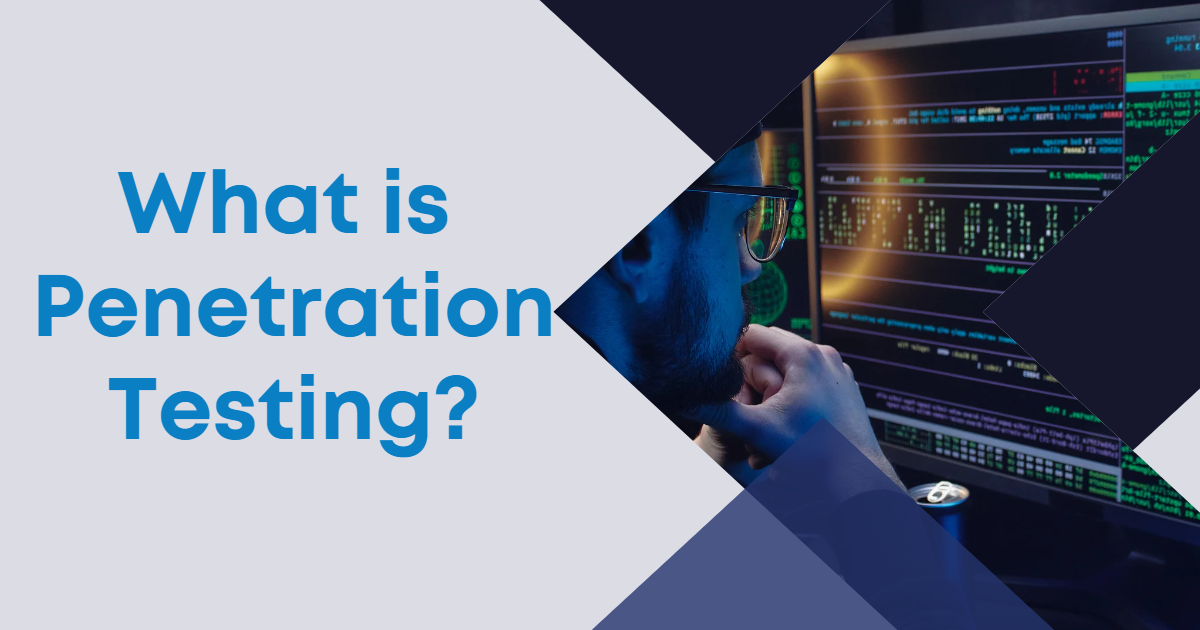What Does Penetration Testing Involve?
Penetration testing, also known as “pen testing” or “ethical hacking”, is a simulated attack on an organization’s IT systems. During a pen test, ethical hackers use their technical knowledge and expertise to try to break into sensitive systems and gain access to confidential data. This can include anything from trying to guess admin passwords to attempting to exploit known software bugs. These tests aim to identify any weak points in the system’s security that could be exploited by malicious actors. Pen tests are usually conducted by third-party cyber security firms with the necessary skills and experience to carry out the tests safely.
Organizations should view pentesting as an essential part of their cyber security strategy. It can provide valuable insight into areas where their existing defenses may be insufficient or vulnerable. Organizations should also consider implementing regular pen testing exercises as part of their overall risk management strategy. This will help ensure that any issues are identified and addressed before they become a major problem for the organization.
The Dangers of Not Performing Penetration Testing
Penetration testing helps organizations identify potential weaknesses in their cyber defenses before malicious actors can exploit them. By regularly performing these tests, organizations can stay ahead of emerging threats and take steps to protect their systems from being compromised by hackers or malware. Additionally, pen testing can help organizations ensure compliance with applicable laws and regulations related to data privacy and cybersecurity best practices.
The dangers of not performing penetration testing can be severe and can lead to various negative consequences, some of which include:
- Security breaches: Not performing penetration testing can leave a system or network vulnerable to attacks. Hackers may exploit vulnerabilities that have gone unnoticed, which could lead to the theft of sensitive information or data loss.
- Financial loss: Attacks that are successful can have a profound impact on the financial stability of an organization. Data breaches can result in the loss of profits, as well as harm to the organization’s reputation, which can lead to a loss of customer trust and a reduction in future business opportunities.
- Compliance failures: Organizations that fail to perform pen testing may also fail to meet regulatory or compliance requirements, which can result in legal penalties, loss of business licenses and other negative consequences.
- Loss of competitive advantage: In today’s environment, customers and business partners expect organizations to have robust security measures in place. Failure to do so may lead to loss of competitive advantage and increased difficulty in securing new partnerships and customers.
Therefore, performing penetration testing is crucial in maintaining the security of a network and ensuring that the business goals of an organization can be met.
How It Works
Penetration testing is a simulated cyberattack conducted by security experts to evaluate the security of a system or network. The process includes the following steps:
- Planning and reconnaissance: The first step is to gather information about the target system, such as its operating system, architecture, software, and other relevant details.
- Scanning: The next step is to use various automated tools to scan the system for vulnerabilities such as open ports, weak passwords, unpatched software, and misconfigured settings.
- Gaining access: If a vulnerability is discovered, the security experts attempt to exploit it and gain access to the system or network.
- Maintaining access: Once access has been gained, the security experts attempt to maintain access to the system or network as long as possible to get a better understanding of the system and discover additional vulnerabilities.
- Analysis and reporting: After the tests have been completed, a report is generated with a detailed analysis of the vulnerabilities discovered, along with recommendations for remediation.
The goal of penetration testing is to identify weaknesses that an attacker could exploit to gain unauthorized access to a system or network and to provide recommendations on how to strengthen the security posture of the organization. The entire process should be conducted with minimal disruption to business operations.
Penetration testing is an essential part of any comprehensive cybersecurity strategy. It allows organizations to proactively identify potential weaknesses in their existing defenses before they become serious problems. Regularly performing penetration tests will help organizations stay ahead of emerging threats while ensuring compliance with applicable laws and regulations related to data privacy and cybersecurity best practices.
Looking to keep your organization’s network and systems secure from potential cyber threats? Don’t overlook the importance of penetration testing! ERGOS Technology Partners can help protect your business by identifying potential vulnerabilities before they can cause harm. Take control of your organization’s security posture and safeguard your data from unauthorized access. Contact ERGOS Technology Partners today to discuss a comprehensive penetration testing plan!

